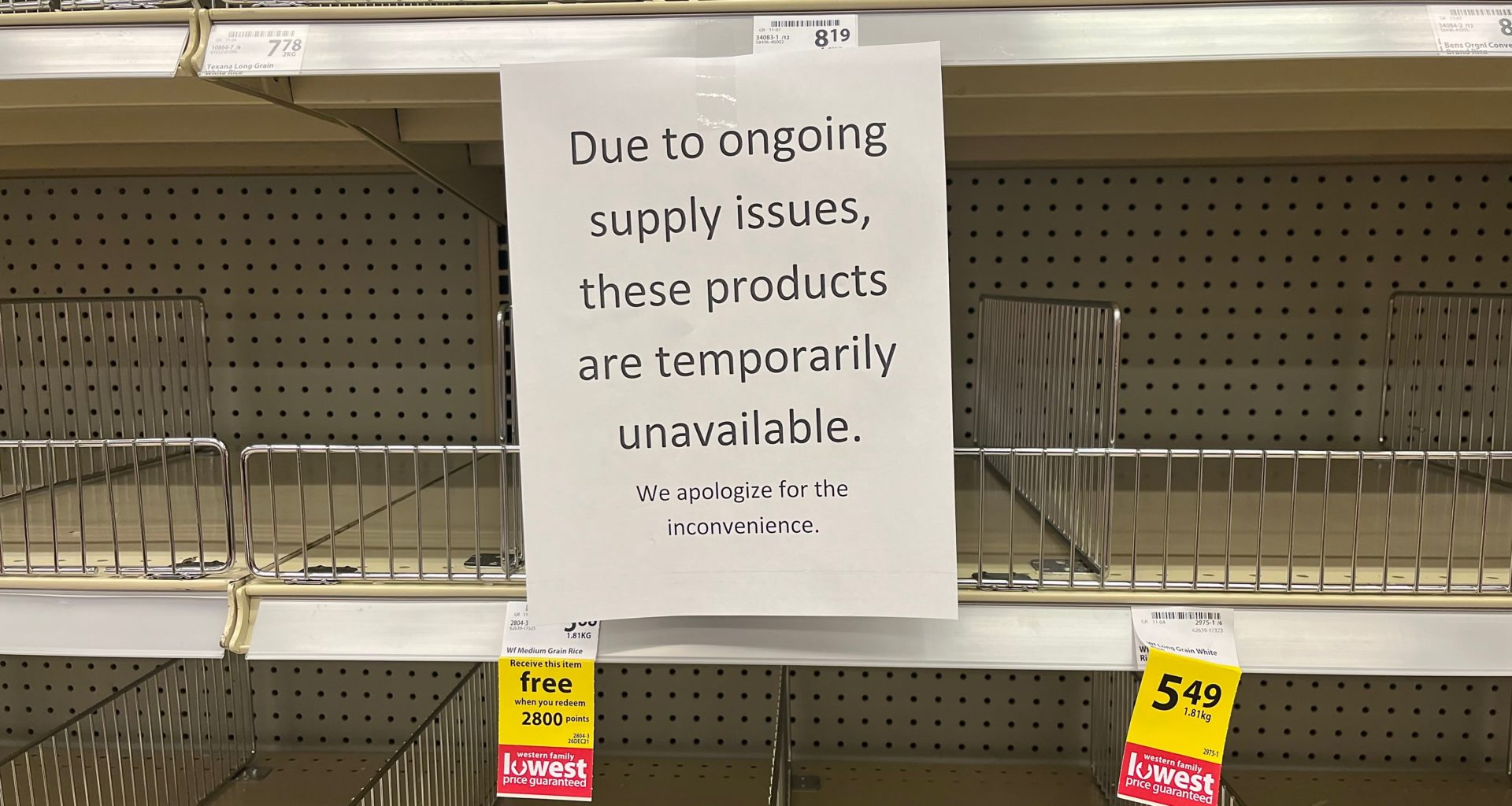Around the world, consumers are facing higher prices for goods and services due to disruption to supply lines and labor availability primarily brought about by the COVID-19 pandemic.
With the consumer price index (CPI) increasing by 6.2% over the previous year — the greatest annual rise since 1990 – inflation is hitting record levels.
This upsurge in the consumer price index is due to the fact that most companies respond by shifting the cost to the consumer in the form of higher prices and charges. Most notable, and fundamental due to their knock-on effect on other industries, are gas and energy price increases.
The impact of inflation on consumers can be seen in complaints about price increases on online review websites, which gather a broad reaction to price jumps on a variety of day-to-day consumer items.
Of course, inflation has had an effect on people’s shopping habits and purchasing decisions. It also constitutes a heavy psychological burden, with the impact of increased anxiety and financial uncertainty having a much greater influence than it normally would.
Statistics collated by the Conference Board put figures to the falling confidence levels. With November seeing their Confidence Index drop 2.1 points to 109.5, The Present Situations Index dropping from 145.5 to 142.5, and the Expectations Index dropping from 89 to 87.6.
It’s quite clear that consumer confidence is the main obstacle. So how do you go about not only maintaining it but showing people that you are providing value for their dollar? First, we need to understand how inflation affects the consumer.
The impact of inflation on small businesses
Moderate inflation is beneficial to an economy as it encourages spending and can therefore increase wages.

Yet, in October, inflation in the U.S. reached its highest peak in 30 years, spurred on by escalating wholesale energy costs and supply chain failures.
Small businesses and small business owners have felt the brunt of the surge in inflation. Already struggling with other coronavirus-related setbacks, many small operations run on limited turnover and require the fine-tuning of logistics in order to turn a profit, hence they are highly vulnerable to price increases, with the hike in shipping costs being a pertinent example.
What is the impact of this on the market? Well, it leads to small businesses having no choice but to pass the escalating costs on to the consumer. This squeeze leads to a lot of customers taking their business elsewhere as small companies that operate within fine margins can no longer remain competitive and, as a consequence of this loss in trade, have no choice but to cut their losses and cease trading.
Inflation makes everything more costly, including business overheads and, therefore, the cost of taking on more staff. Hence it can also cause a rise in unemployment. Unsurprisingly, the pandemic has taken its greatest toll on the service sector, with leisure, hospitality and health care roles making up 69% of the current employment shortfall.
In the instance that pay and salaries rise roughly equal to inflation, then consumers can continue to buy the same goods and services without much noticeable difference to expenditure. Yet, when pay increases fail to keep up with inflation rates, it leads to decreased consumer purchasing power and the standard of living drops.
Over the past year, in the U.S., hourly wages have increased by 5.1 percent on average, yet prices have increased by 6.2 percent in the same period, negating any pay rises.
Furthermore, the supply line issues generated by the pandemic have led to a shortage of many household goods, from food to white goods and appliances, the ensuing scarcity driving the prices of these things through the roof.
Inflation also has a detrimental effect on savings, as the devaluation of the currency reduces its value. Conversely, inflation can reduce the burden of existing debt as the relative value of the currency the debt is held in decreases.
Consumers tend to adjust their spending on a day-to-day basis, so long-term shifts in purchasing habits generally don’t change that much unless inflation is continuous and prolonged. Rather than change their preferences altogether, most people tend to cut down on quantity, rather than take a hit on perceived quality when choosing how to go about cutting household costs.
Most popular: 9 Essential Skills You Need to Start and Run a Successful Business
Mitigation strategies and how to hold on to customers
The challenges of inflation demand a renewed comprehension of what your customer wants from you and what impacts their purchasing decisions. While, of course, it is impossible to sidestep the effects of inflation completely, there are still steps you can take to temper its impact on your bottom line.
Reevaluate your suppliers
Taking into consideration the changing circumstances, you should seek to renegotiate any existing contracts you have with suppliers and other third parties. Emphasize good relations in this assessment and negotiations and strive to establish long-term, fixed-rate agreements. The focus should be the realignment of the relationship to mutually satisfy the evolving priorities and needs of your business.
Moderate price increases
Instead of applying immediate price hikes that can cause consumers to gasp, try to space the necessary increases out into moderate incremental rises that are more palatable and less drastic. Present these price hikes in the greater context of the changing market and communicate how your increases are structured, using a customer-centric perspective that focuses on value and the specific advantages of your brand, product or service.
Customer service preparedness
They say that a dollar saved on customer service is 10 dollars lost in consumer loyalty and repeat custom. Invest in training for your customer service staff that educates them specifically on how best to accommodate customers affected by price increases and inflation issues. After all, such issues are present across the board and affecting everybody, so what you can do to stand out your competitors will often lay elsewhere. Here the customer experience is key, so, reorienting toward a customer-focused approach could prove to be the answer.
Loan timing
If you are planning on lending to fund expansion, for example, you should consider entering into an agreement sooner rather than later if the economy is following an inflationary curve. Borrow while inflation rates are still relatively low, and your repayments could be cheaper when the rate of inflation grows higher.
It is crucial to keep mindful of the quality of your product and service during cost-cutting endeavors. Careful and forensic research into what can and cannot be sacrificed will play a huge part in protecting you from potential damages in the long term.
Hold on to your existing customers by creating value-adding incentives that persuade them to stick with your company when prices start to rise. Maintaining your customer base should be your number one focus, as if you start seeing losses there, you will be fighting an uphill battle to survive and far from expanding your business and increasing demand.






